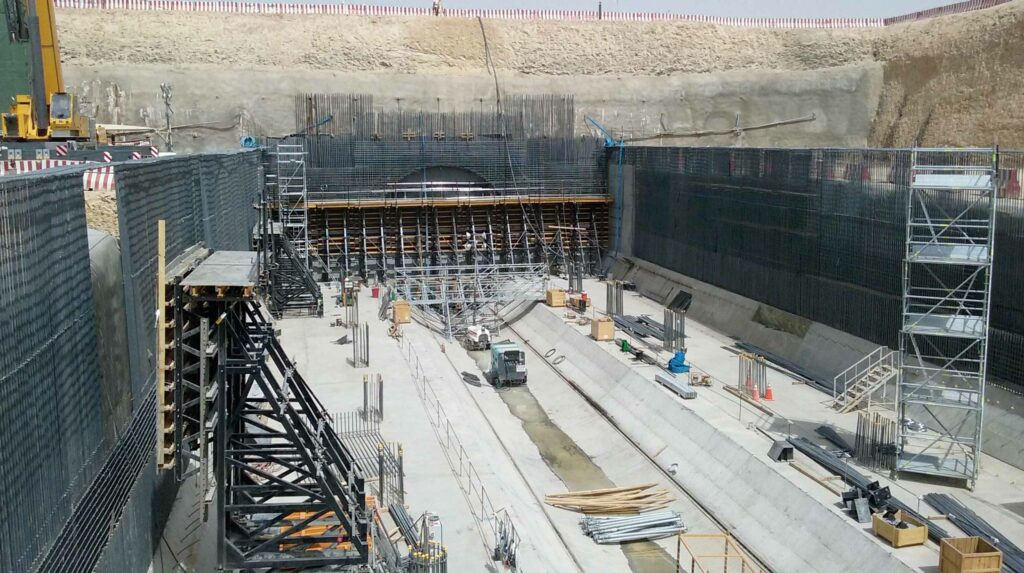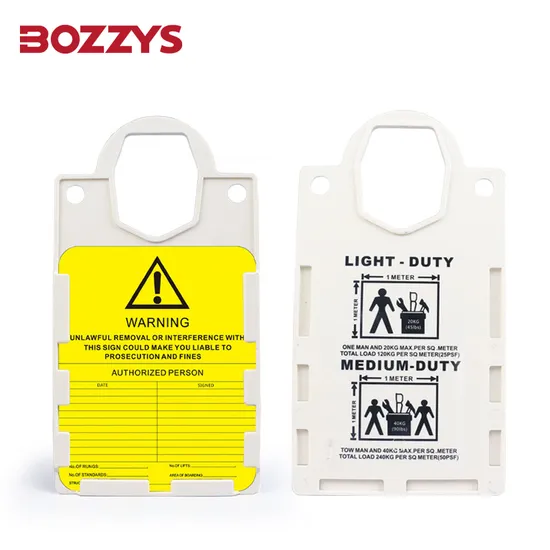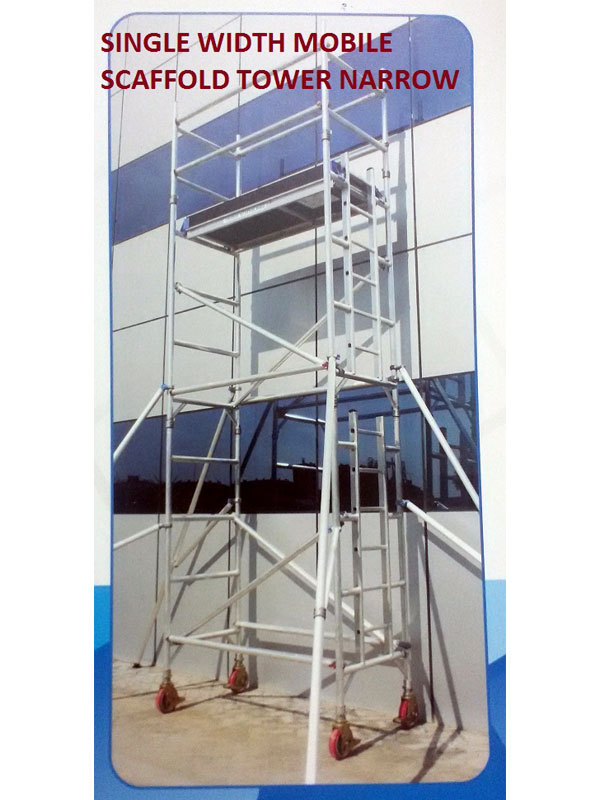Designing scaffolding is essential in construction. Safety and efficiency depend on it.
In Saudi Arabia, construction is booming. This growth demands careful planning and execution, especially with scaffolding. Scaffolding supports workers and materials, making it crucial for safety. The unique climate and regulations in Saudi Arabia add extra considerations. Proper design ensures stability, accessibility, and compliance with local laws.
This guide will walk you through the basics of scaffolding design. You’ll learn key factors to consider and best practices to follow. By the end, you’ll have a clear understanding of how to design scaffolding that meets the specific needs of construction in Saudi Arabia. Let’s get started and ensure your projects are safe and successful.
Introduction To Scaffolding In Saudi Arabia
Scaffolding is a vital part of the construction process in Saudi Arabia. It provides essential support and access for workers on-site. With rapid development, the demand for safe and efficient scaffolding has grown. This introduction will explore its importance and the rules surrounding its use.
Importance In Construction
Scaffolding ensures the safety of construction workers. It provides a stable platform for tasks at height. Without it, many projects would face delays. Proper scaffolding boosts productivity and helps meet deadlines. It also minimizes risks of accidents and injuries. Thus, it is a cornerstone of construction in Saudi Arabia.
Regulatory Landscape
Saudi Arabia has strict scaffolding regulations. These ensure the safety and efficiency of construction sites. Regulations cover design, installation, and maintenance. They require certified professionals to oversee scaffolding setups. Regular inspections are mandatory to ensure compliance. These rules protect both workers and the public. Adhering to them is crucial for any construction project.
Types Of Scaffolding
In Saudi Arabia’s construction industry, scaffolding is a crucial component. It provides the necessary support and access for workers. Understanding the different types of scaffolding is vital for safe construction. This knowledge ensures efficiency and compliance with safety standards.
Supported Scaffolding
Supported scaffolding is the most common type used in construction. It consists of platforms supported by rigid structures. These structures include poles, frames, and other supports. This type is ideal for jobs that require heavy loads. Workers often use it for tasks like bricklaying or plastering.
Supported scaffolding is versatile and adaptable. It can be erected to various heights and configurations. Safety is paramount, so regular inspections are necessary. Proper maintenance ensures stability and worker safety.
Suspended Scaffolding
Suspended scaffolding hangs from above using ropes or chains. It is perfect for tall buildings and exterior work. Workers use it for tasks like painting or window cleaning. The platform can be raised or lowered as needed.
This type of scaffolding provides easy access to hard-to-reach areas. It requires fewer materials compared to supported scaffolding. Safety measures include secure anchoring and regular equipment checks. This ensures a safe working environment at height.
Materials For Scaffolding
Materials for scaffolding play a crucial role in construction. Choosing the right material ensures safety, durability, and efficiency. In Saudi Arabia, the climate and construction standards influence these choices. Let’s explore two common materials used for scaffolding: steel and aluminum.
Steel
Steel scaffolding is strong and durable. It can handle heavy loads and is resistant to harsh weather. This makes it ideal for large construction projects in Saudi Arabia. Steel scaffolding also offers excellent stability. Workers can feel secure when they are high off the ground. The material’s strength allows for reuse, which can save costs over time.
Aluminum
Aluminum scaffolding is lightweight and easy to move. This makes it perfect for smaller projects or frequent adjustments. The material resists corrosion, which is important in Saudi Arabia’s climate. Aluminum scaffolding is easy to assemble and disassemble. This can save time and labor costs on site. Despite being lightweight, it still provides good stability and safety.

Credit: www.facebook.com
Design Considerations
Designing scaffolding in Saudi Arabia requires careful planning. Consider local regulations, weather conditions, and worker safety. Ensure stability and easy access.
Designing scaffolding in construction, especially in Saudi Arabia, involves a keen understanding of unique environmental and regulatory requirements. It’s not just about putting up structures but ensuring they are safe and efficient for workers. You need to consider several factors to create scaffolding that stands the test of time and meets safety standards. Let’s explore the key design considerations you should focus on to achieve optimal results. ###Load Capacity
Understanding load capacity is crucial in scaffolding design. You must determine how much weight the scaffolding will support, including workers, tools, and materials. Choose materials that can handle these loads without buckling. Consider the specific tasks your workers will perform. Will they be carrying heavy equipment? If so, you may need to adjust the design to accommodate these needs. Always factor in dynamic loads, like wind, which can impact the stability of the scaffolding. ###Safety Measures
Safety is non-negotiable in scaffolding design. In Saudi Arabia, you must adhere to local safety regulations, which can differ from international standards. Install guardrails to prevent falls and ensure platforms are wide enough for safe movement. Don’t overlook the importance of regular inspections. Scheduled checks can identify potential hazards before they become serious issues. Training your team on proper scaffolding use is equally important. Well-informed workers are less likely to make mistakes that could lead to accidents. Designing scaffolding requires a detailed approach. Have you considered all the factors that might affect your design? By focusing on load capacity and safety measures, you create a safer and more efficient work environment.Climate Impact On Scaffolding
Saudi Arabia’s climate poses unique challenges for scaffolding in construction. High temperatures and frequent sandstorms demand sturdy designs. Builders must focus on materials that withstand harsh conditions. Proper design ensures safety and efficiency.
Heat Resistance
Extreme heat affects scaffolding materials. Metals expand and weaken under intense sun. Use heat-resistant alloys to maintain strength. These materials prevent deformation, ensuring stability. Cooling systems can also help. They minimize heat impact on scaffolding structures. Choose materials that reflect sunlight.
Sand And Dust Considerations
Frequent sandstorms challenge scaffolding integrity. Dust accumulates, affecting grip and visibility. Regular cleaning is essential for safety. Design structures to minimize dust collection. Smooth surfaces help reduce buildup. Use protective covers where possible. They shield scaffolding from sand and dust.

Credit: www.omniblock.com
Safety Protocols
In Saudi Arabia, scaffolding design in construction demands strict safety protocols. These protocols ensure the well-being of workers and the integrity of the project. Adhering to robust safety measures can prevent accidents and enhance site efficiency. This section explores key safety protocols that must be followed when designing scaffolding.
Inspection Procedures
Regular inspections of scaffolding are crucial for safety. Each component must be checked for damage or wear. Qualified personnel should conduct these inspections to ensure accuracy. Any defects found should be addressed immediately. A thorough inspection schedule can prevent potential hazards. Document all inspections for accountability and future reference.
Worker Training
Worker training is vital for safe scaffolding use. Training should cover proper assembly and disassembly techniques. Workers must understand load capacities and potential risks. Regular training updates keep everyone informed of new safety practices. Well-trained workers can identify unsafe conditions quickly. This knowledge reduces accidents on construction sites.
Innovative Scaffolding Solutions
Designing scaffolding for construction in Saudi Arabia requires careful planning and understanding of local regulations. Consideration of climate conditions and safety standards is crucial. Innovative solutions focus on durability and adaptability to ensure efficiency and worker safety on site.
Designing scaffolding in construction is an art that combines safety, efficiency, and innovation. In Saudi Arabia, the construction industry is booming, making it vital to adopt cutting-edge scaffolding solutions. Innovative scaffolding solutions are transforming how projects are executed by enhancing safety, reducing costs, and increasing efficiency. Whether you’re managing a small residential project or a large commercial building, staying updated with the latest in scaffolding technology can give you a competitive edge.Modular Scaffolding
Modular scaffolding is like a set of building blocks for construction projects. It allows you to assemble and disassemble sections quickly and easily. This system is highly adaptable, making it suitable for projects of various sizes and complexities. Using modular scaffolding can save you time and labor costs. It reduces the need for specialized tools and skills, as the parts are often easy to handle and fit together. It’s perfect for projects with tight deadlines or those that require frequent changes in scaffolding structure. Have you ever tried a modular system on your project? It can be a game-changer, especially when dealing with challenging architectural designs.Smart Scaffolding Systems
Technology is reshaping scaffolding with the introduction of smart systems. These systems incorporate sensors and software to monitor the structural integrity of the scaffolding in real-time. They provide alerts for potential issues, ensuring the safety of workers and the stability of the structure. Imagine a scaffolding setup that alerts you to possible weaknesses before they become critical. Smart scaffolding systems can do just that, preventing accidents and enhancing safety protocols. They are especially useful in large-scale projects where manual monitoring would be cumbersome. Investing in smart scaffolding can also improve efficiency. By reducing downtime associated with manual inspections, you can keep your project on track and within budget. How do you see technology transforming your scaffolding needs? Embracing smart solutions can set your projects apart in the ever-evolving construction landscape of Saudi Arabia. Combining modular and smart scaffolding systems can lead to a robust, efficient, and safe construction environment. These innovations are not just trends—they are the future of construction scaffolding. Consider integrating them into your next project to enhance your construction strategies.Case Studies
Designing scaffolding in construction involves precision and safety. In Saudi Arabia, innovative scaffolding designs have been pivotal in ensuring successful construction projects. Examining case studies provides insights into effective strategies and practices. These real-world examples showcase the importance of adaptability and foresight in scaffolding design.
Successful Projects
Several projects in Saudi Arabia demonstrate exemplary scaffolding design. The King Abdullah Financial District utilized advanced scaffolding techniques. This ensured worker safety and project efficiency. Innovative scaffolding supported complex architectural structures. The Jeddah Tower project highlighted scaffolding resilience. It adapted to challenging environmental conditions. This scaffolding maintained structural integrity through height and weather variations.
Lessons Learned
Each successful project offers valuable lessons. Proper planning and risk assessment are crucial. The King Abdullah Financial District project emphasized early-stage planning. It prevented delays and enhanced worker safety. Regular inspections are vital. They identify potential issues before they escalate. The Jeddah Tower case stressed adaptability. Scaffolding designs must adjust to unforeseen challenges. Environmental factors and design complexities require flexible solutions.
Future Of Scaffolding In Saudi Arabia
Designing scaffolding in Saudi Arabia involves adapting to evolving construction standards and safety regulations. Innovation in materials and technology enhances efficiency and sustainability. As the construction landscape grows, scaffolding solutions must cater to diverse architectural demands, ensuring safety and reliability in every project.
The future of scaffolding in Saudi Arabia is on the brink of transformation. As the construction industry evolves, so does the approach to scaffolding. This shift is shaped by technology, sustainability, and a forward-thinking mindset. You might find yourself wondering how these changes will impact the way scaffolding is designed and used in your projects.Technological Advancements
Technology is rapidly changing the scaffolding landscape. New materials and designs are making scaffolding lighter and easier to assemble. Imagine using drones for inspections—cutting down time and increasing safety. Automated systems are also being introduced to monitor scaffold stability in real-time. These advancements not only improve efficiency but also enhance safety for workers.Sustainability Trends
Sustainability is not just a trend; it’s becoming a necessity. In Saudi Arabia, there’s a growing focus on eco-friendly construction practices. Scaffolding materials are being sourced from sustainable resources. Reusable and recyclable components are gaining popularity, reducing waste. Have you considered how these sustainable practices can also cut costs in the long run? By embracing these trends, you’re not only contributing to environmental conservation but also boosting your project’s bottom line. Saudi Arabia’s scaffolding future is promising, driven by innovation and sustainability. Are you ready to adapt to these changes and lead the way in modern construction practices?
Credit: www.facebook.com
Frequently Asked Questions
How Do You Design Scaffolding?
To design scaffolding, assess site requirements, determine load capacity, and choose suitable materials. Follow safety regulations and industry standards. Ensure the structure is stable and secure. Collaborate with engineers and use design software for precision. Regularly inspect and maintain scaffolding for safety and compliance.
What Is The Salary Of Scaffolding Engineer In Saudi Arabia?
A scaffolding engineer in Saudi Arabia typically earns between SAR 8,000 to SAR 15,000 per month. This varies by experience, location, and employer. Salary packages may also include benefits like housing and transportation allowances.
What Is The 4 To 1 Rule For Scaffolding?
The 4 to 1 rule for scaffolding means for every 4 feet of height, the base should be 1 foot wide.
How To Build Scaffolding Step By Step?
1. Inspect and prepare the area. 2. Assemble the base securely. 3. Build the scaffold frame upwards. 4. Install guardrails and platforms. 5. Check stability and safety.
Conclusion
Designing scaffolding in Saudi Arabia requires careful planning and adherence to safety standards. Understand local regulations and environmental conditions. Use quality materials to ensure durability. Regular inspections help maintain safety and functionality. Training workers properly on scaffold use is crucial.
These steps will ensure safe and efficient scaffolding on construction sites. Proper design and maintenance lead to successful projects. Always prioritize safety for all workers involved. With these guidelines, scaffolding design becomes a manageable task.


